With several of today’s headlines announcing that humans are destroying the environment quicker than it can recover, protecting large areas of land around the world has become more important than it ever has in human history.
Thankfully, there are hundreds of protected national parks around the world, some of which are over 100 years old – the oldest national park on this list is over 200 years old! The people who run these national parks have been protecting these environments and their wildlife for many decades and hopefully will continue to do so.
10. Yosemite National Park
Year Established: 1890
Location: Tuolumne County; Mariposa County; and Madera County, California, United States
Total Area: 1,168 square miles (3,027 square kilometers)
image credit: Wikimedia Commons
Yosemite National Park is one of the largest and oldest protected areas in the United States. It was established in late 1890, and in 1894 the park was designated as a UNESCO World Heritage Site.
The protection of the Yosemite Valley from development dates back to the 1860s when Galen Clark lobbied to have the area protected, which led President Abraham Lincoln to sign the Yosemite Grant in 1864.
The park is known for its granite cliffs, waterfalls, clear streams, giant sequoias groves, lakes, mountains, and biodiversity.
It is one of the most popular national parks in the world, and on average receives 4 million visitors annually – a record was set in the park’s history in 2016 as over 5 million people visited Yosemite over the year.
9. Kings Canyon National Park
Year Established: 1890
Location: Fresno County and Tulare County, California, United States
Total Area: 721.72 square miles (1,869.25 square kilometers)
image credit: Wikimedia Commons
Kings Canyon National Park was established in 1890 one week after Sequoia National Park. Initially, it was called the General Grant National Park.
Like Sequoia, the park was originally established to protect a small area of giant sequoia trees — including the oldest redwood trees in the U.S. — from logging. In 1940, the park was expanded and had its name changed to Kings Canyon National Park.
The park’s main feature and namesake, Kings Canyon, is a large glacially-formed canyon. The park also features several 14,000 feet (4,300 meters) peaks, high mountain meadows, swift-flowing rivers, and giant sequoias.
Since it was established, the park’s preservation has been contentious as several environmental groups, park visitors, and local politicians have wanted to protect the area from overdevelopment.
Early on, several interested parties wanted to build hydroelectric dams near the park. However, in 1965 the Cedar Grove and Tehipite Valley dam sites were added to the park’s protected area. Today, the park remains as a more natural environment and has limited services and lodgings despite its large size.
8. Sequoia National Park
Year Established: 1890
Location: Tulare County, California, United States
Total Area: 631.35 square miles (1,635.19 square kilometers)
image credit: Wikimedia Commons
Sequoia National Park is located in the Sierra Nevada region of California in the United States. The park is well-known for its extensive grove of towering sequoia trees, which are some of the oldest trees in America.
The park became the second national park in the U.S. in 1890 and its protection was established by President Benjamin Harrison.
Although most people come to the park to see the sequoias, including General Sherman — currently the largest living tree in the world — the trees make up only a small part of the park. Its other features include canyons, lakes, waterfalls, and mountains (such as Mount Whitney, the highest peak in the contiguous United States).
The park is actually administered by the National Park Service along with Kings Canyon National Park (also established in 1890 as General Grant National Park) as the Sequoia and Kings Canyon National Parks. Both parks were designated as the UNESCO Sequoia-Kings Canyon Biosphere Reserve in 1976.
7. Tongariro National Park
Year Established: 1887
Location: Ruapehu District, New Zealand
Total Area: 307.33 square miles (795.98 square kilometers)
image credit: Wikimedia Commons
Tongariro National Park was gifted to New Zealand by Maori chief Te Heuheu Tukino IV in 1887 and is the country’s oldest national park.
The park contains three active volcanic mountains, Ruapehu, Tongariro, and Ngauruhoe as well as several Maori religious sites (Ngauruhoe and Ruapehu are considered sacred to the Maori). The park’s most notable feature is the Tongariro Alpine Crossing, which is widely regarded as one of the best one-day hiking trails in the world.
6. Yoho National Park
Year Established: 1886
Location: British Columbia, Canada
Total Area: 507 square miles (1,313 square kilometers)
image credit: Wikimedia Commons
Yoho National Park is located in the Canadian Rocky Mountains along the western slope of the Continental Divide of the Americas. The park is one of Canada’s four contiguous national parks and is bordered by Kootenay National Park, Banff National Park, and Jasper National Park.
These four parks, along with three smaller parks, Hamber Provincial Park, Mount Assiniboine Provincial Park, and Mount Robson Provincial Park, make up the UNESCO Canadian Rocky Mountains World Heritage Site.
Yoho is named after the Cree (a Native American tribe) exclamation for awe, yoho.
The park was created after Prime Minister John A. Macdonald and his wife Agnes took a trip through the Rockies on the Transcontinental Railway not long after it was completed.
One of the park’s most well-known features is the Burgess Shale, a layer of half-billion-year-old rock that holds some of paleontology’s most valuable fossils.
5. Glacier National Park
Year Established: 1886
Location: British Columbia, Canada
Total Area: 521 square miles (1,349 square kilometers)
image credit: Wikimedia Commons
Glacier National Park is one of seven national parks in British Columbia and is the second oldest national park in Canada. The park protects a portion of the Columbia Mountains and includes the Selkirk and Purcell Mountains, the highest ranges in the Columbia Mountain system.
Rogers Pass, which is a Canadian National Historic site, is also located within the park — it is the final part of the Trans-Canada Highway and is used by the Canadian Pacific Railway.
Glacier National Park is notable for being the birthplace of recreational mountain climbing in North America as two British mountaineers introduced the idea in 1888.
4. Banff National Park
Year Established: 1885
Location: Alberta, Canada (west of Calgary)
Total Area: 2,564 square miles (6,641 square kilometers)
image credit: Wikimedia Commons
Banff National Park is Canada’s first national park and is located in the Canadian Rocky Mountains. The Canadian Pacific Railway was instrumental in the establishing the park after three railway workers first discovered a natural hot spring in 1883. The railway company built the Banff Springs Hotel and Chateau Lake Louise and used advertising to attract tourists.
The park is a part of UNESCO’s Canadian Rocky Mountains World Heritage site and contains ancient mountains that range in age from 45 – 120 million years old.
Some of the park’s other notable features include: the highest town in Canada at an elevation of 4,540 feet (1,384 meters); the highest permanent settlement in Canada; Castleguard Caves, Canada’s largest cave system; Mount Forbes, which is 11,850 feet (3,612 meters) high; more than a thousand glaciers; and several national historic sites.
3. Royal National Park
Year Established: 1879
Location: Sutherland Shire, Australia (south of Sydney, New South Wales)
Total Area: 58 square miles (151 square kilometers)
image credit: Wikimedia Commons
Royal National Park is the oldest national park in Australia and was the first in the world to have “National Park” as part of its name. The park was established by NSW Premier, Sir John Robertson as part of his major land reform policies including the Robertson Land Acts of 1861. The Land Acts removed squatters and opened up the selection of Crown land.
The park’s original name was just National Park, but the name was changed the year after Elizabeth II passed by the park on a train during her 1954 tour.
Royal National Park is considered small for a national park as it covers only about 151 square kilometers (58 square miles).People often visit the park to enjoy the secluded beaches, bushwalking and biking trails, picnic grounds, camping grounds, rowboats on the river, and various swimming holes.
Although the park has historical significance, it was not added to the Australian National Heritage list until 2006.
2. Yellowstone National Park
Year Established: 1872
Location: United States – spread across Park County, Wyoming; Teton County Wyoming; Gallatin County, Montana; Park County, Montana; and Fremont County, Idaho
Total Area: 3,468 square miles (8,983 square kilometers)
image credit: Wikimedia Commons
Yellowstone National Park was established by the U.S. Congress and President Ulysses S. Grant on March 1, 1872. Although Bogd Khan Uul is older than Yellowstone, most people credit Yellowstone as being the world’s first national park. Yellowstone is also the oldest national park in the United States.
Yellowstone is a large protected area and spans about 3,468.4 square miles (8,983 square kilometers or 2,219,789 acres). It is known for its wildlife and unique geographical features, such as the Old Faithful geyser.
People have been living in the Yellowstone region for more than 11,000 years with the Sheep Eaters being the most well known Native American tribe to live within the park.
Prior to the creation of the National Park Service in 1916, Yellowstone was run by the U.S. Army from 1886 – 1918; the park was turned over to the National Park Service in 1918.
1. Bogd Khan Uul National Park
Year Established: 1778
Location: Ulaanbaatar, Mongolia
Total Area: 156 square miles (404 square kilometers)
image credit: Panoramio
Bogd Khan Uul National Park was established by the Mongolian government in 1778 to protect the Bogd Khan Mountain. This makes Bogd Khan Uul the oldest national park in the world and Boghd Khan Mountain the world’s first protected mountain.
Evidence suggests that the area may have been informally protected since as early as the 12th century.
Bogd Khan Uul is about 100,000 acres of mostly forested, mountainous country, surrounded by grasslands in the east, south, and west, with the city of Ulaanbaatar next to the north. The Tsetseegun Mountain is at the center of the reserve, one of the four sacred mountains around Ulaanbaatar.
In 1995, Bogd Khan Uul was officially designated a “Strictly Protected Area” in accordance with current Mongolian law and in 1997, the park received UNESCO Biosphere Reserve status.
OTHER POSTS YOU MAY BE INTERESTED IN


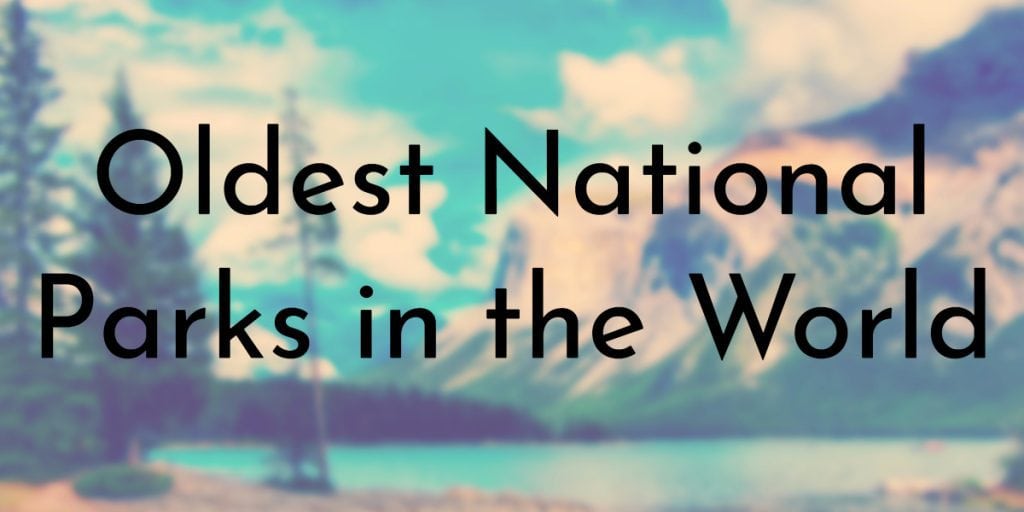
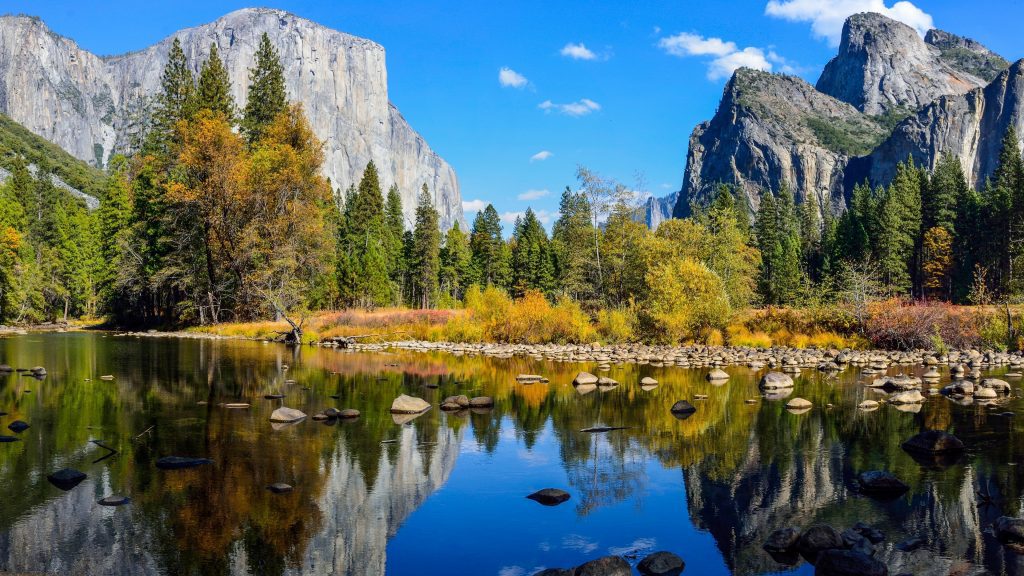
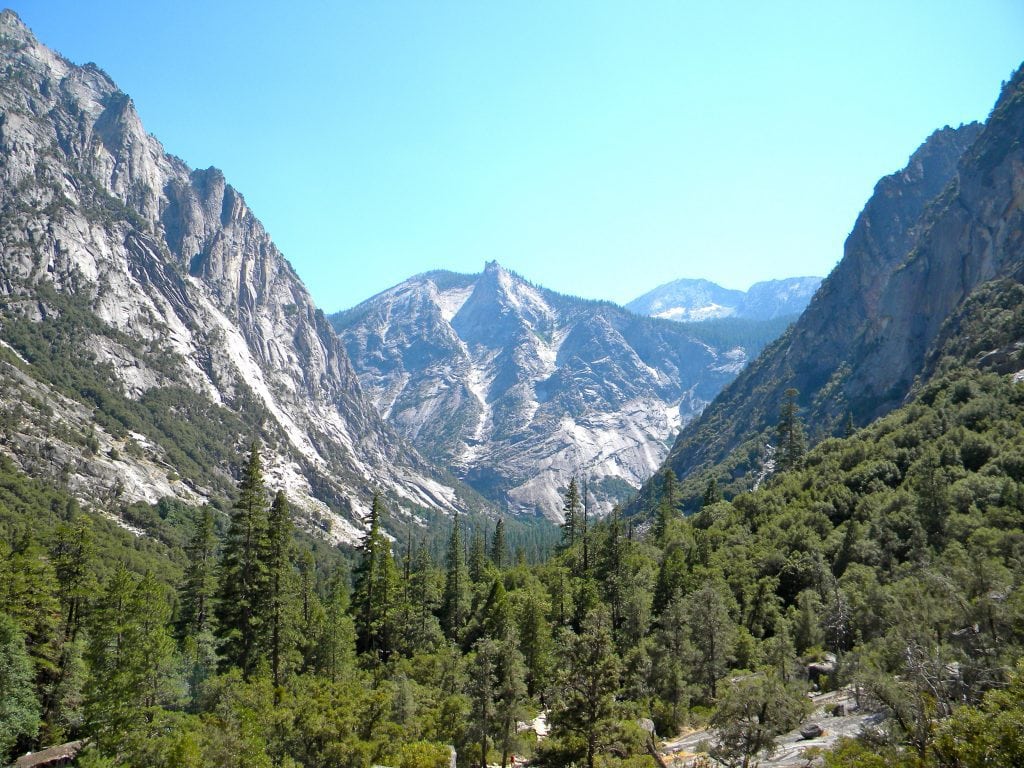
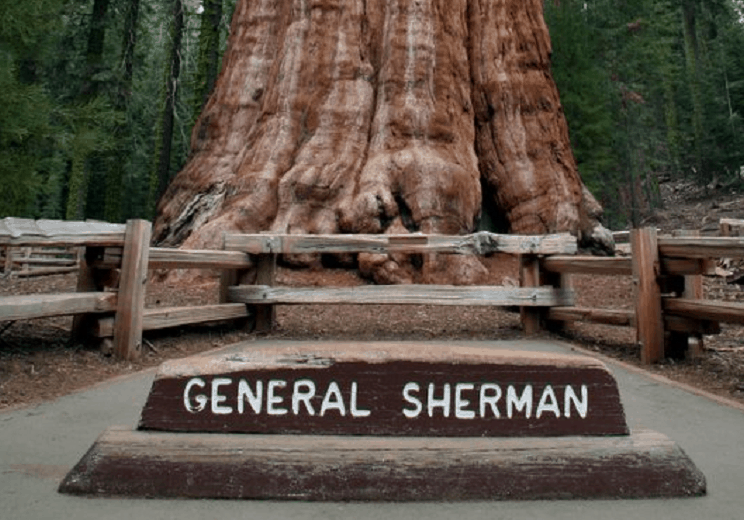
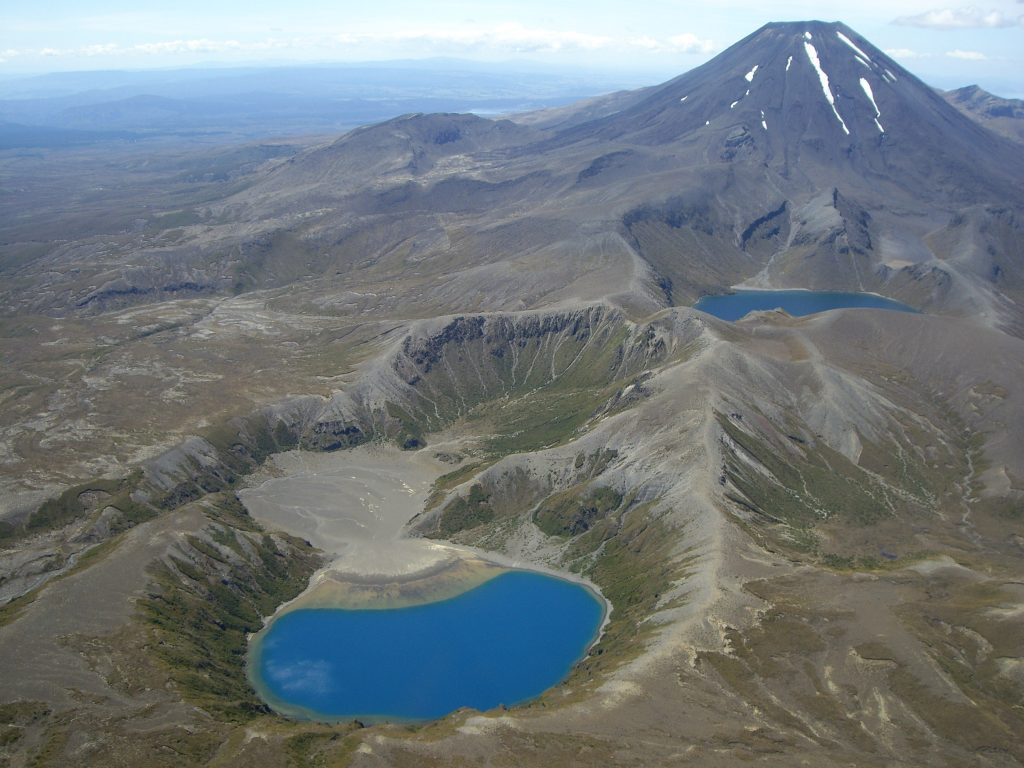
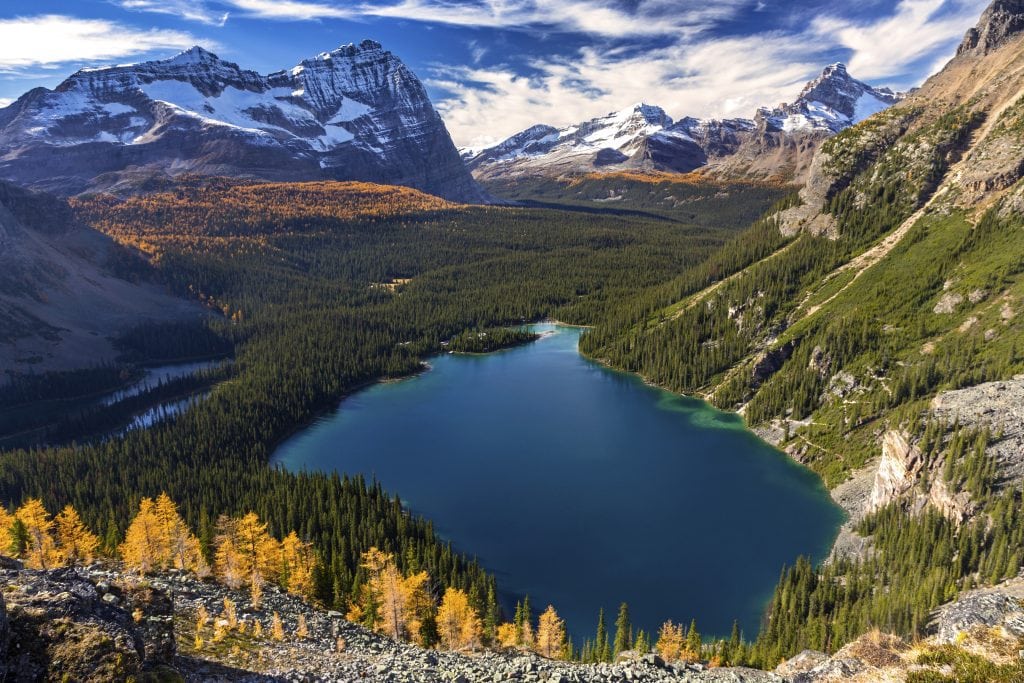
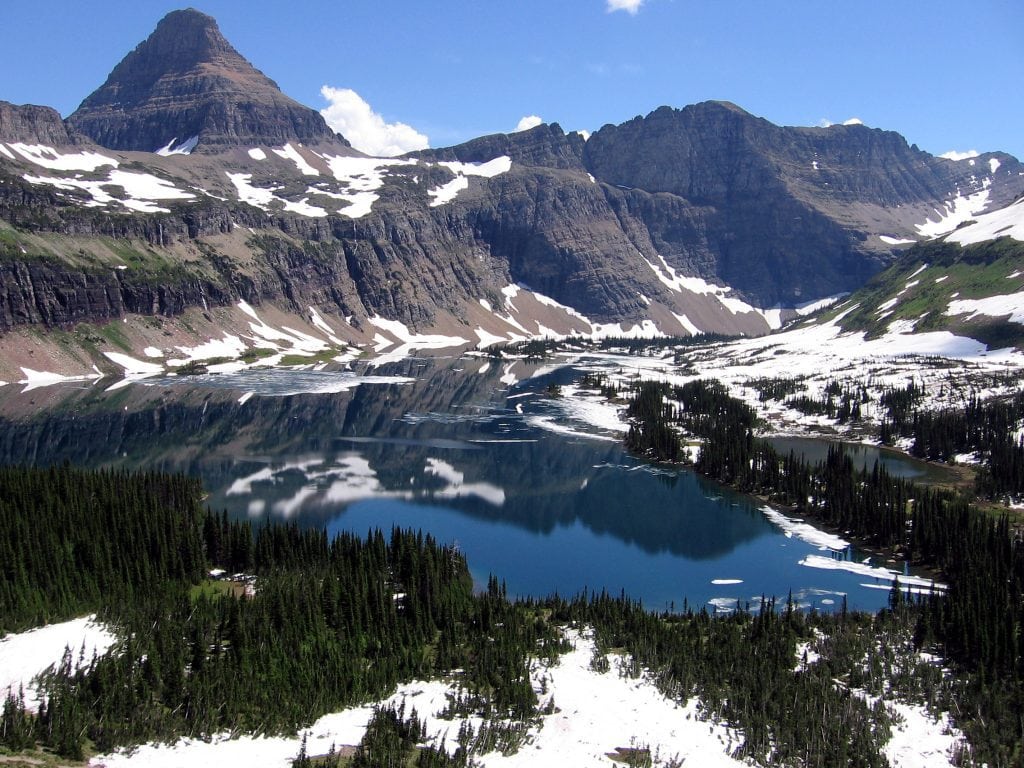
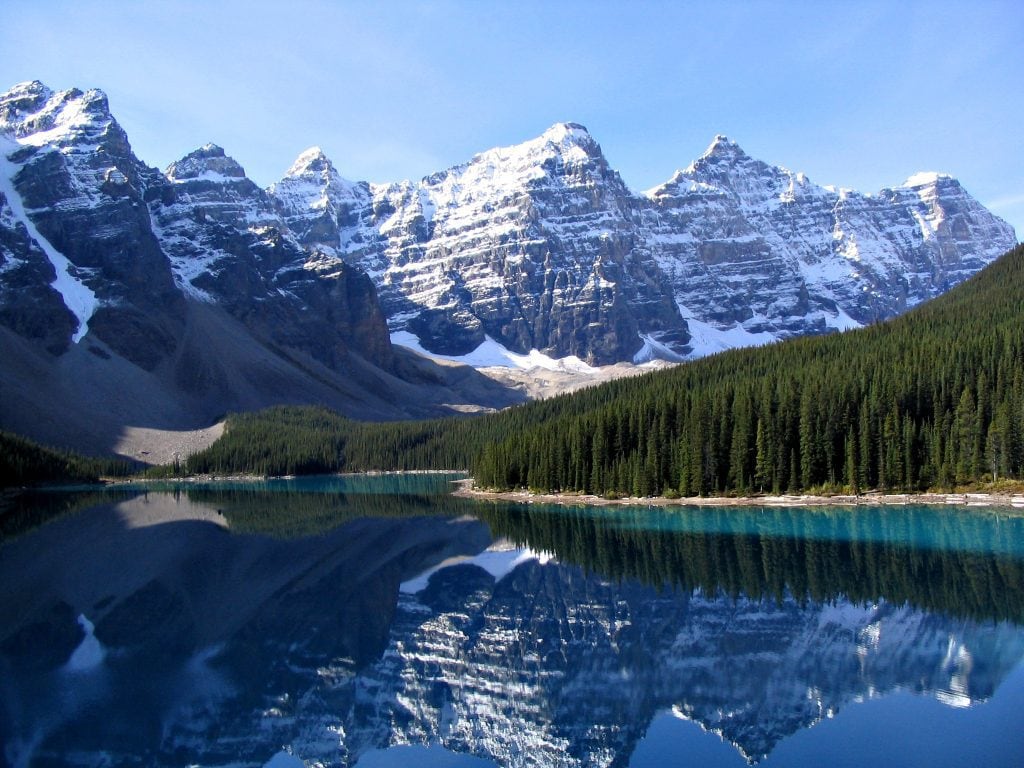
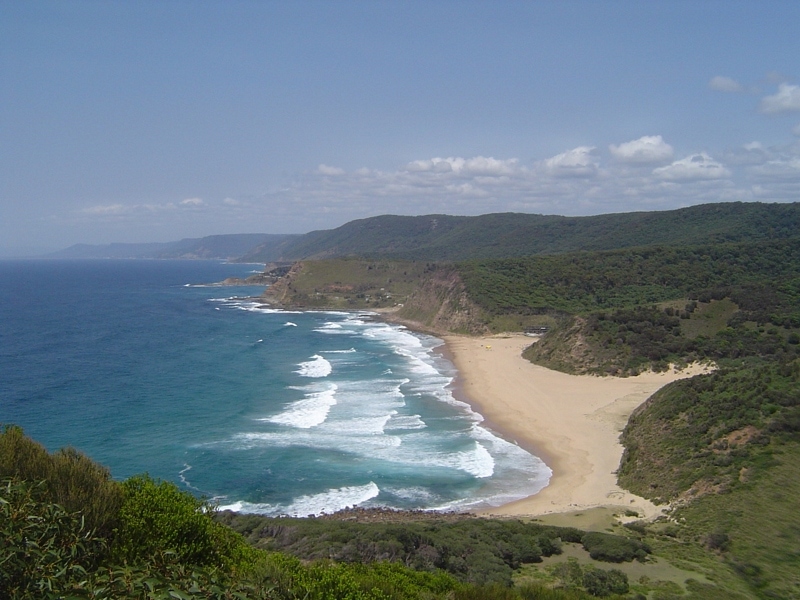
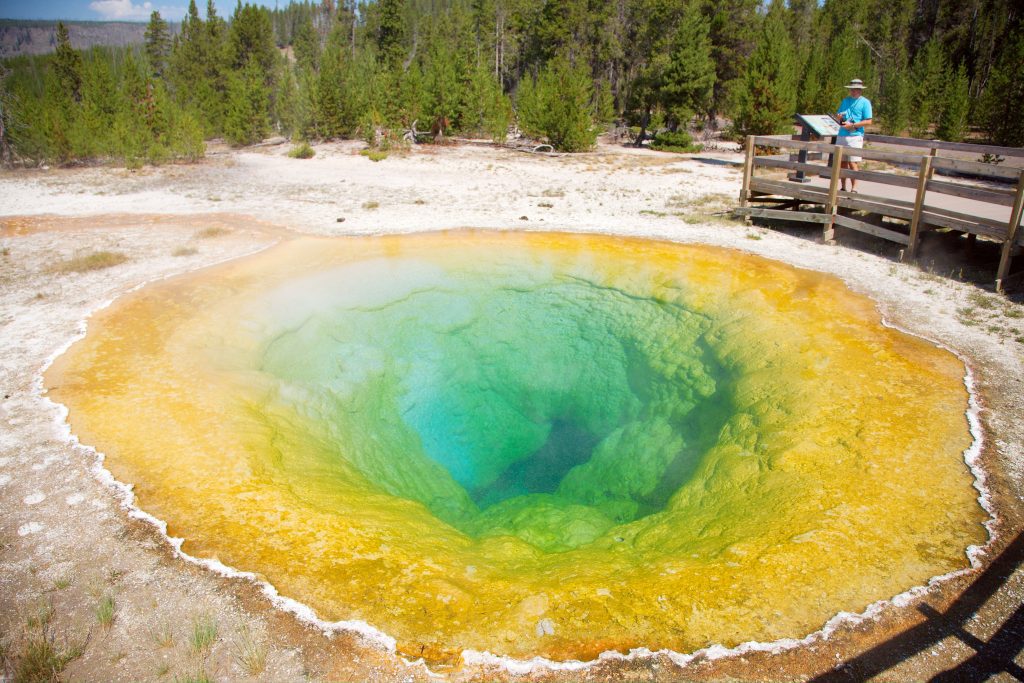
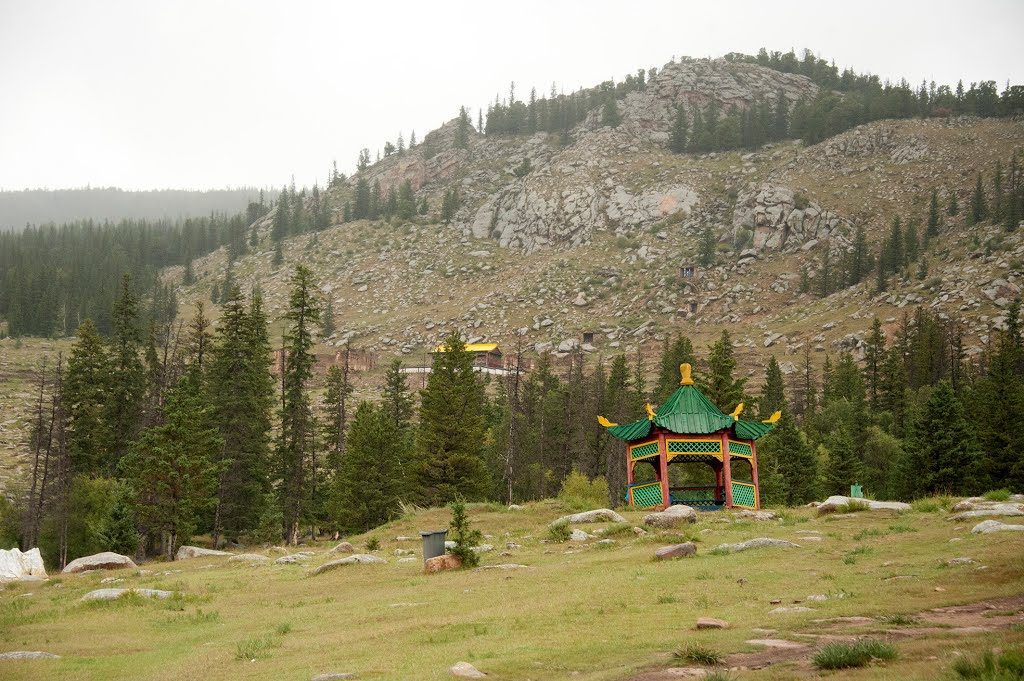


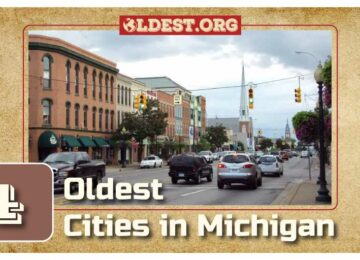

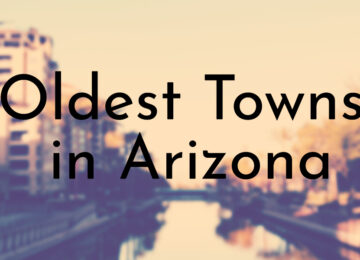




Forget what Wikipedia says. A national park is managed mainly to “protect natural biodiversity along with its underlying ecological structure and supportive environmental processes, and to promote education and recreation.” That is its definition by the IUCN which is the most important partner to the UN’s Environmental World Conservation Monitoring Centre and which is recognised internationally as the authority on protected areas. The IUCN does NOT categorise Bogd Khan Uul as a Category II national park. It is categorised as Category I because it is a strictly protected area – no recreation. Under Mongolian Law, it is Bogd Khan Uul Strictly Protected Area and since 1996 has been classified as a biosphere reserve by UNESCO. It is not a national park by definition. The words “it is believed to be” are weasel words – it is or it is not. The UN and IUCN says not, the International community says not. Yellowstone National Park was the first national park in the world and is recognised internationally as such. You would expect that Belair National Park in South Australia is the 10th oldest, but although it has the name national park, it is categorised as Category III. That makes Australia’s Ku-ring-gai Chase National Park the tenth oldest in the world.